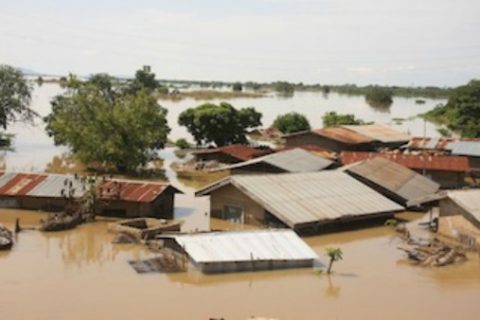Nine states in Nigeria are projected to experience flood as Cameroon began the release of water from its Lagdo Dam.
The National Emergency Management Agency (NEMA) stated this through its Director General, Mustapha Ahmed in Abuja on Saturday.
The agency identified the states as Adamawa, Taraba, Benue, Nasarawa, Kogi, Anambra, Edo, Delta and Bayelsa.
Ahmed said that the nine affected states which had communities along the banks of River Benue may be affected by the water release, which is expected to last till the end of October.
Ahmed said that the recent release had led to the displacement of communities and could lead to further destruction of crops and other infrastructure.
“NEMA has been alerted on sudden increased inundation of riverine communities and farmlands along the banks of River Niger in Adamawa, Taraba and Benue states in the past 48 hours.
“The sudden situation is attributed to the rapid release of water from Lagdo fam in the Republic of Cameroon and has resulted in the displacement of several inhabitants of the affected communities.
“Furthermore, crops, lands and valuable infrastructure are at risk of getting washed away by the flood waters.
“Situation reports from Adamawa State confirmed the upsurge of flood waters along the flood plains of River Benue.
“The situation is expected to be replicated in downstream states of Taraba, Benue, Nasarawa, Kogi, Anambra, Edo, Delta and Bayelsa as the River Benue joins River Niger and flows to the Atlantic Ocean through the Niger Delta,” he said.
The director general also cautioned states and local government areas along the River Niger and Benue Basins to immediately activate their emergency response plans to avert potential damage and losses that could arise due to the flooding of communities.
Ahmed added that, so far, 159,157 persons had been affected by this year’s flooding, as 28 persons had lost their lives and 48,168 individuals displaced in 13 states across the country.
He, however, added that the agency would continue to provide further updates as it received more situation reports from the Nigeria Hydrological Services Agency (NIHSA), Nigerian Meteorological Agency (NiMet) as well as frontline states’ emergency management agencies.



Leave a Reply